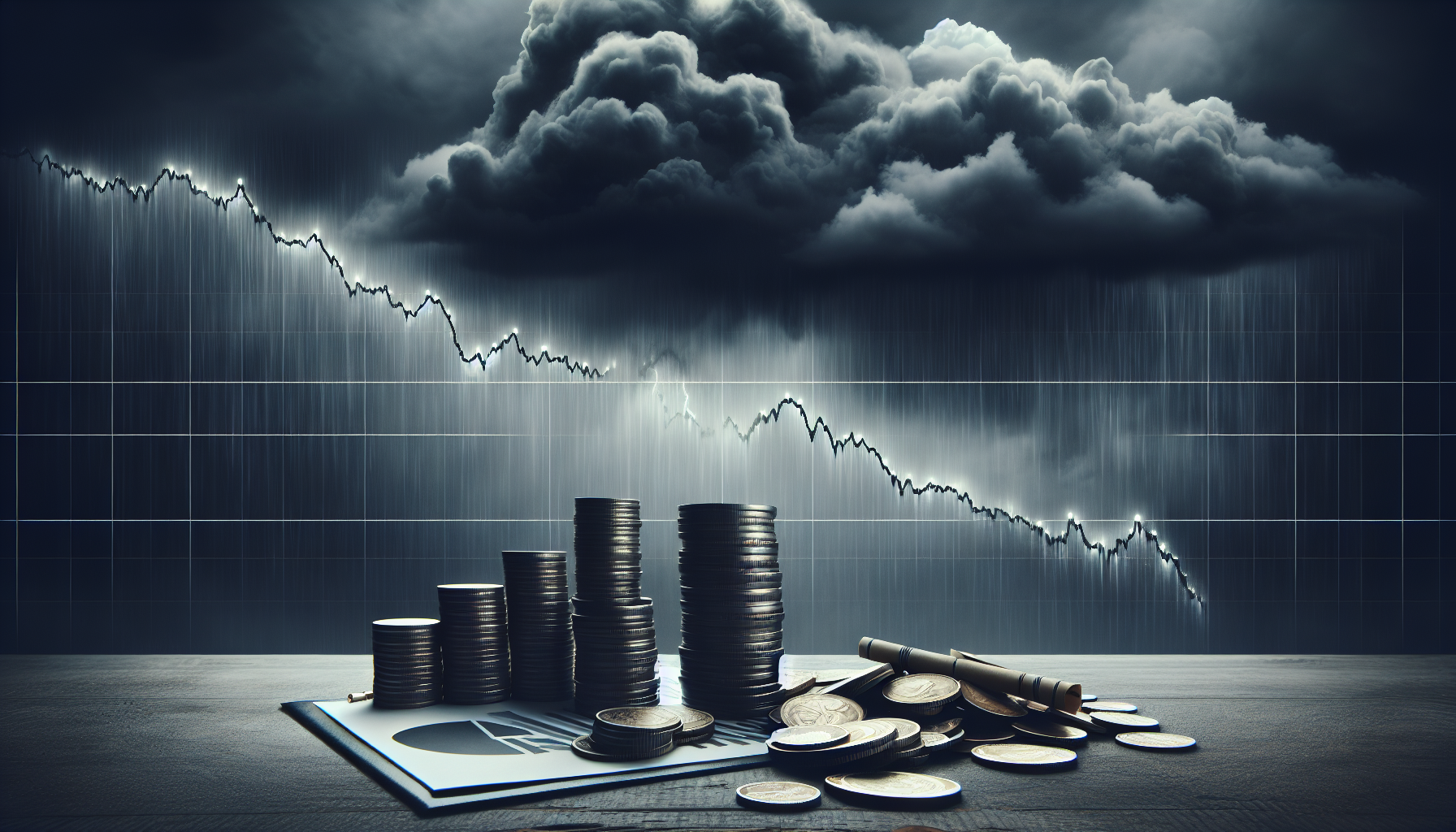Stocks To Watch | 📊Ready, set, trade! Keep an eye on these stocks as they set the market abuzz #StockMarket #TrumpTarrifs pic.twitter.com/41mknETjSO
— ET NOW (@ETNOWlive) April 16, 2025
The US stock market plunged into negative territory on Thursday as the White House provided more details on its plan to impose a massive 145% tariff on China, further escalating the ongoing trade war. The Dow Jones Industrial Average, which had gained nearly 3,000 points on Wednesday, experienced a volatile trading session, ultimately falling 1,015 points or 2.5% after dropping as much as 2,100 points during the day. The S&P 500 declined by 3.46%, while the Nasdaq Composite slid 4.31%.
Interesting note from @scottcharts this week.
S&P 500 opened down 2% last Monday, but closed up more than 5% for the week by Friday.
"The only other time since 1950 we’ve seen that? May 1970, which marked a multi-year low and kicked off a 56% rally." pic.twitter.com/dhfoCDIBh3
— Ryan Detrick, CMT (@RyanDetrick) April 15, 2025
Both indexes had just recorded their best single-day performances since 2008 and their second-best daily gains in history before retreating. Economists have warned that although President Donald Trump temporarily suspended most of his “reciprocal” tariffs, his other substantial import taxes have already caused significant harm. Following a turbulent day, Trump acknowledged the possibility of “transition problems” but remained optimistic, emphasizing what he described as the “biggest day in history” for the markets.
The S&P 500 crossed into bear market territory last week with a peak-to-trough decline of over 21%. This was the 4th bear market for the index in the last 7 years and the 5th correction of more than 20% since the March 2009 low.
Video: https://t.co/YKktJdSi4l pic.twitter.com/0lZ6oRZc6s
— Charlie Bilello (@charliebilello) April 15, 2025
The US dollar index, which gauges the dollar’s performance against a basket of six foreign currencies, plummeted 1.7% on Thursday, reaching its lowest level since early October. At the same time, gold prices reached a new all-time high, surpassing $3,170 per troy ounce. Gold is often viewed as a safe-haven asset during times of economic and geopolitical uncertainty and has just recorded its strongest quarter since 1986.
Stocks have been volatile following short-lived relief rallies. Initially, traders were thrilled when Trump temporarily suspended his so-called reciprocal tariffs for 90 days, which had imposed hefty levies ranging from 11% to 50% on numerous countries. Stock futures had also responded somewhat positively to the European Union’s willingness to negotiate a trade agreement with the United States following Trump’s policy reversal.
Trump and Treasury Secretary Steven Mnuchin suggested that more than 70 countries were eager to negotiate trade deals with the United States in an effort to avoid the tariffs. However, the economic reality remains grim: economists caution that the damage has already been done, and there is still a heightened risk of a recession in the US and globally.
Trump tariffs impact market volatility
Trump’s universal 10% tariff, which took effect on Saturday, remains in place, along with 25% tariffs on auto imports, steel, aluminum, and certain goods from Canada and Mexico. Trump also pledged to impose additional tariffs on pharmaceuticals, lumber, semiconductors, and copper. Both Goldman Sachs and JPMorgan have stated that the probability of a recession is high, even after Trump’s positive decision to roll back some tariffs.
The CBOE Volatility Index, also known as Wall Street’s fear gauge, surged 40% on Thursday, briefly trading above 50 points—a rare level associated with extreme volatility. New data revealed that inflation in the US had slowed significantly in March, but investors remain focused on tariffs and the economic outlook. Meanwhile, Trump is not backing down from his trade war with China.
Goods imported from China to the United States are now subject to a 145% tariff, as clarified by the White House on Thursday. Beijing’s retaliatory 84% tariffs on US imports to China also went into effect, with China reiterating its willingness to negotiate but standing firm if the US chooses to further escalate the trade war. Signs of stress persist beyond the stock market.
The bond market, which had been selling off rapidly with the 10-year Treasury yield surging past 4.5% on Wednesday, saw a slight cooling off. Oil prices also remained under pressure, with US oil falling again to below $60 a barrel. Global markets, however, experienced sharp recoveries.
Japan’s benchmark Nikkei 225 index finished more than 9% higher, while South Korea’s Kospi index was up 6.6%. Hong Kong’s Hang Seng index jumped 2.1%, and Taiwan’s Taiex rose 9.3%.

